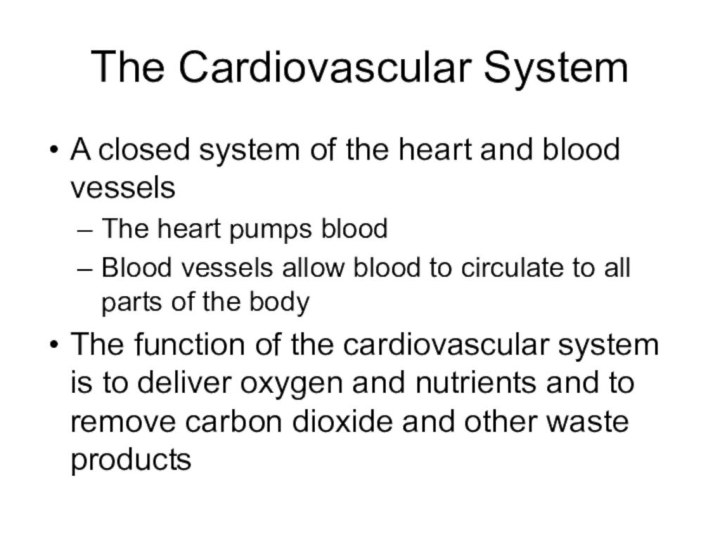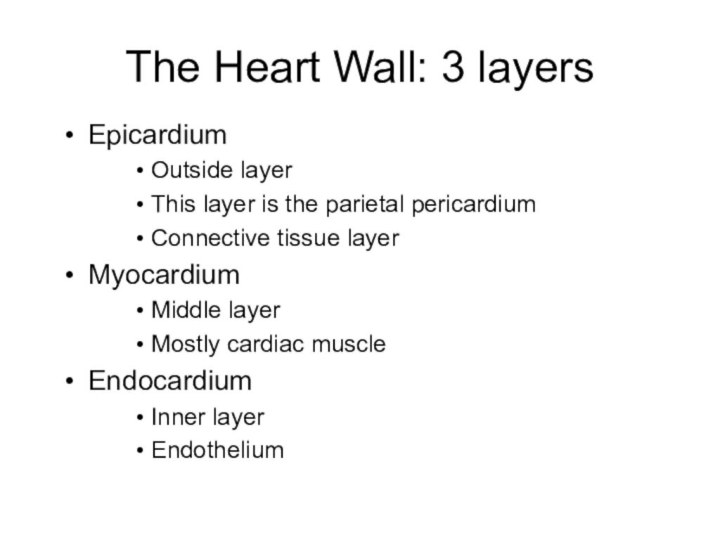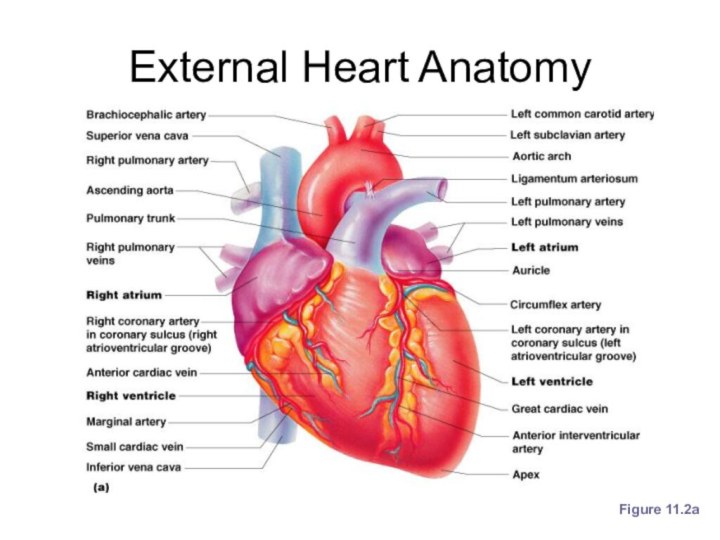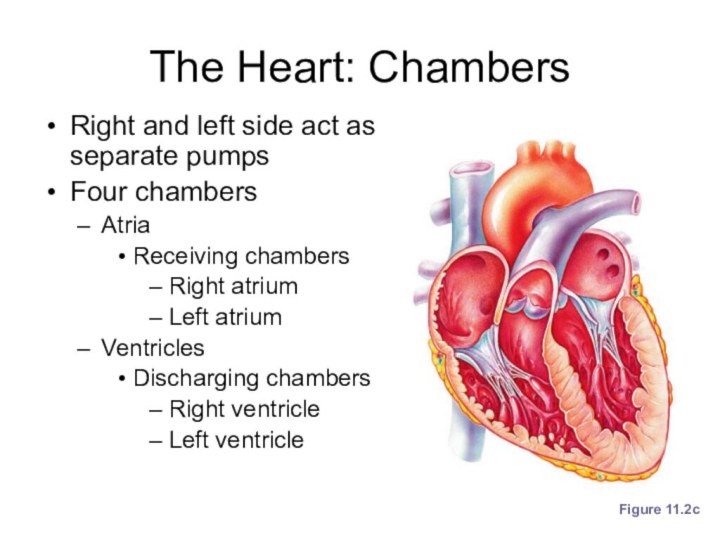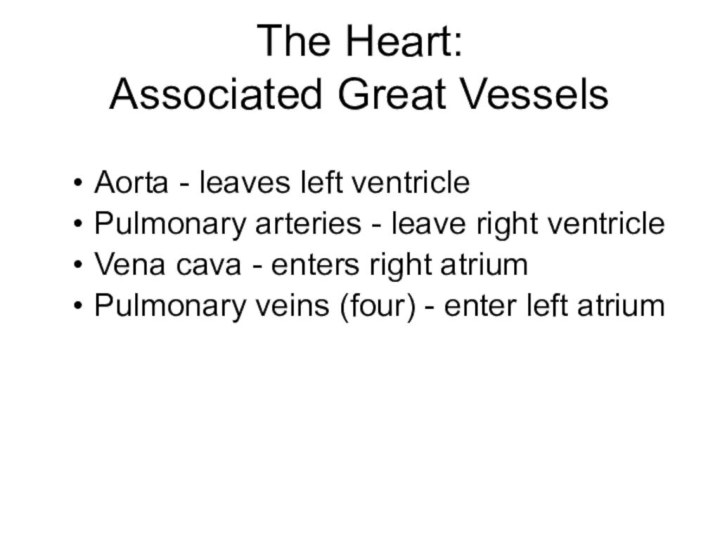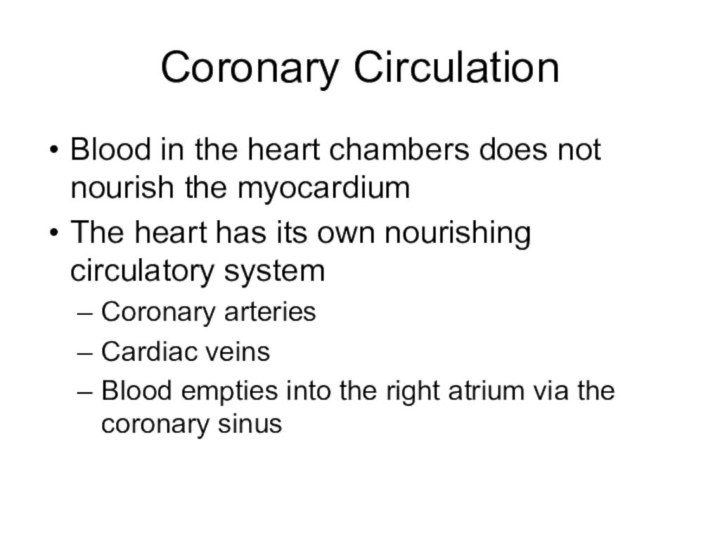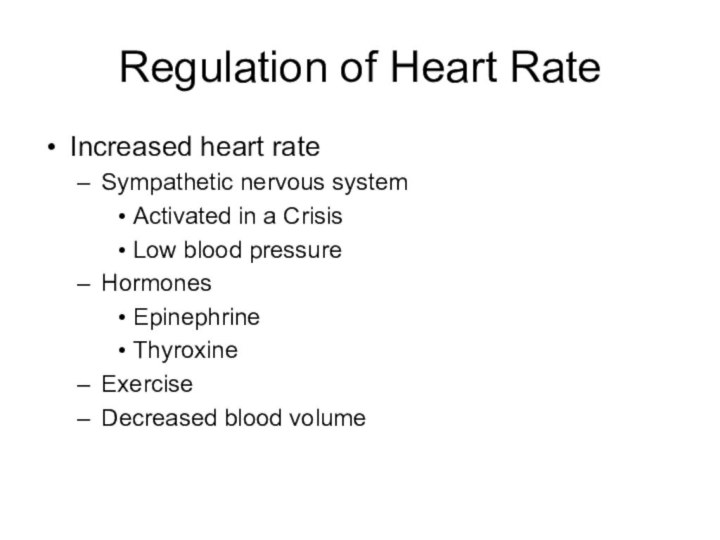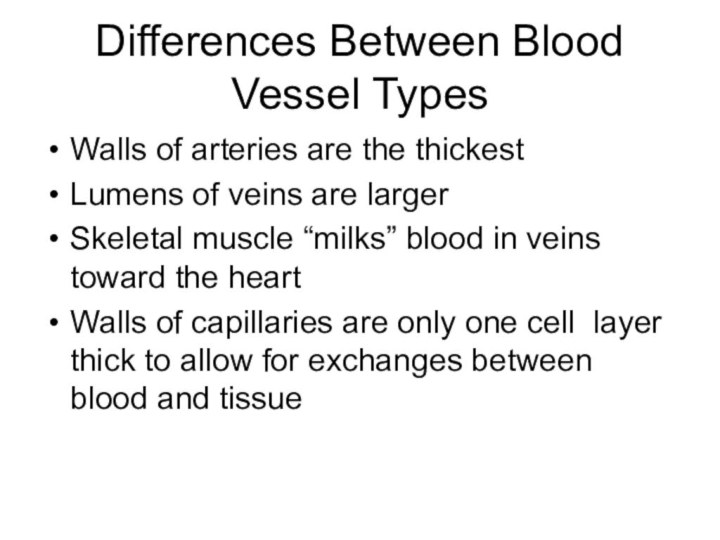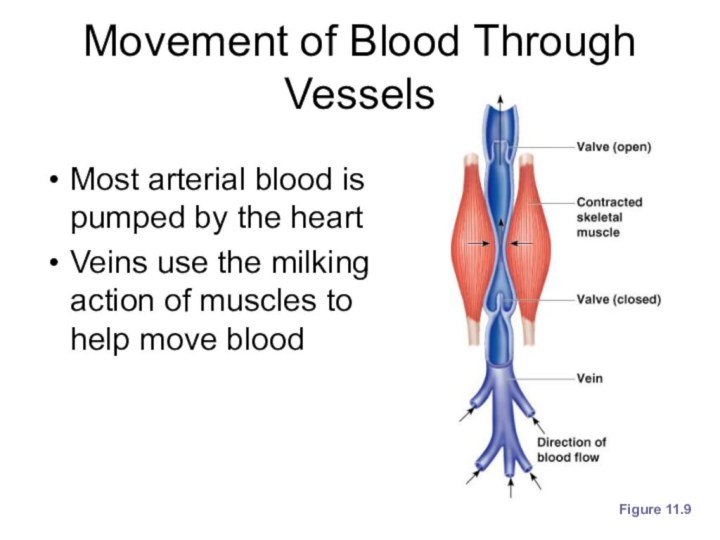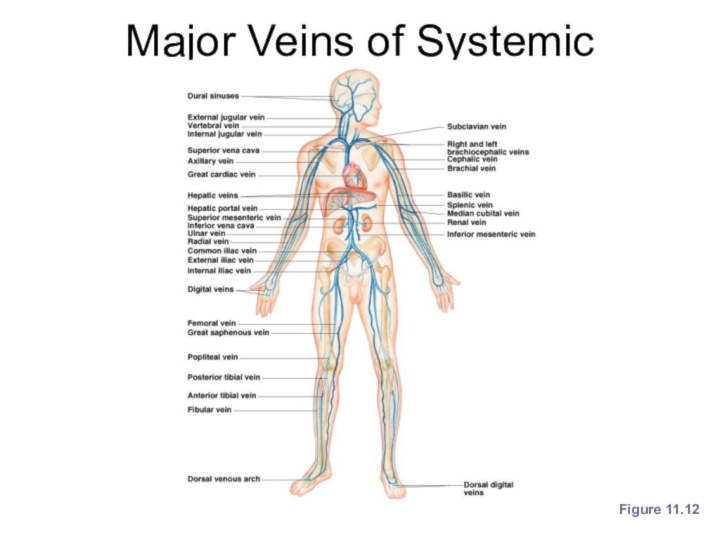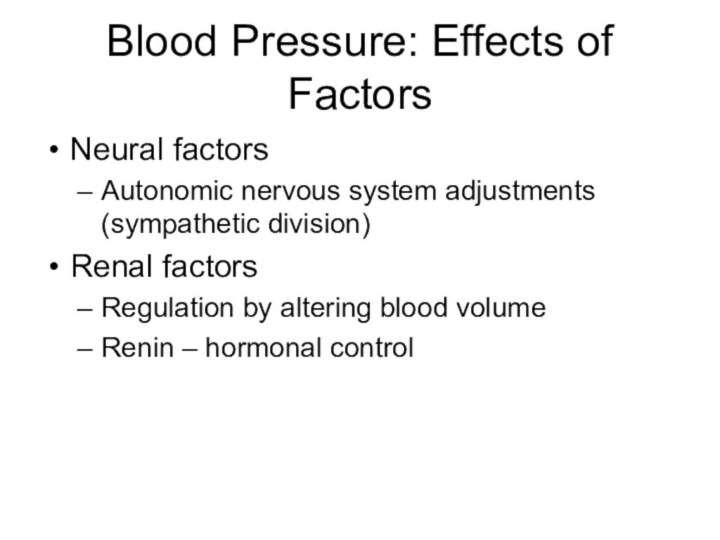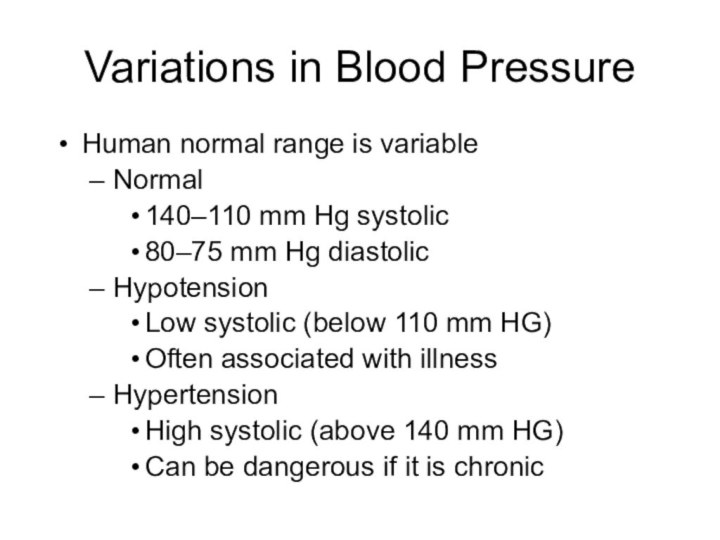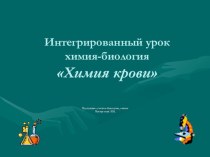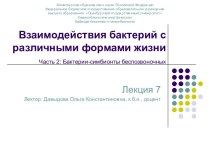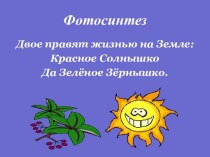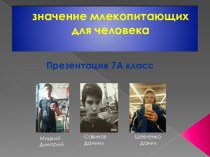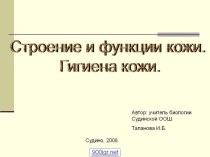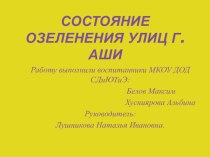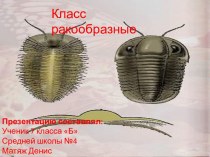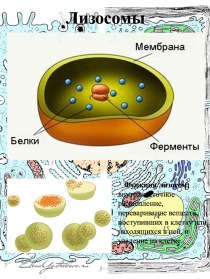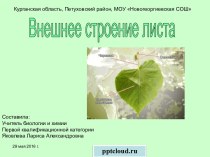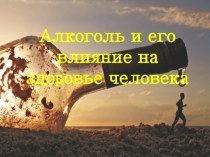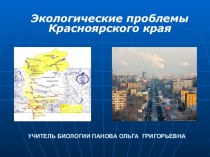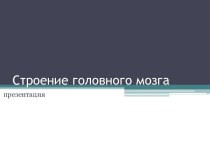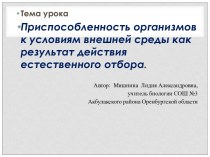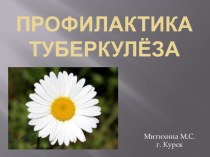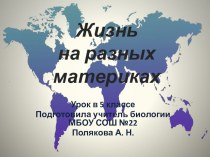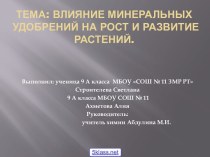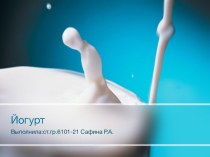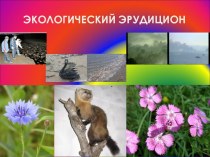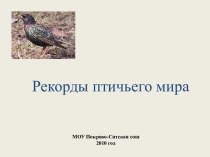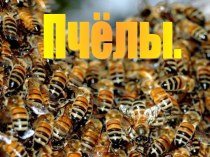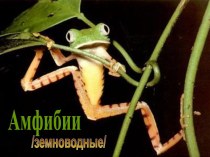Слайд 2
The Cardiovascular System
A closed system of the heart
and blood vessels
The heart pumps blood
Blood vessels allow blood
to circulate to all parts of the body
The function of the cardiovascular system is to deliver oxygen and nutrients and to remove carbon dioxide and other waste products
Слайд 3
The Heart
Location
Thorax between the lungs
Pointed apex directed toward
left hip
About the size of your fist
Слайд 4
The Heart: Coverings
Pericardium – a double serous membrane
Visceral
pericardium - Next to heart
Parietal pericardium - Outside layer
Serous
fluid fills the space between the layers of pericardium
Слайд 5
The Heart Wall: 3 layers
Epicardium
Outside layer
This layer is
the parietal pericardium
Connective tissue layer
Myocardium
Middle layer
Mostly cardiac muscle
Endocardium
Inner layer
Endothelium
Слайд 6
External Heart Anatomy
Figure 11.2a
Слайд 7
The Heart: Chambers
Right and left side act as
separate pumps
Four chambers
Atria
Receiving chambers
Right atrium
Left atrium
Ventricles
Discharging chambers
Right ventricle
Left ventricle
Figure 11.2c
Слайд 8
Blood
Circulation
Figure 11.3
Слайд 9
The Heart: Valves
Allow blood to flow in only
one direction
Four valves
Atrioventricular valves – between atria and ventricles
Bicuspid
valve (left)
Tricuspid valve (right)
Semilunar valves between ventricle and artery
Pulmonary semilunar valve
Aortic semilunar valve
Слайд 10
The Heart: Valves
Valves open as blood is pumped
through
Held in place by chordae tendineae (“heart strings”)
Close to
prevent backflow
Слайд 11
Operation of Heart Valves
Figure 11.4
Слайд 12
The Heart:
Associated Great Vessels
Aorta - leaves left
ventricle
Pulmonary arteries - leave right ventricle
Vena cava - enters
right atrium
Pulmonary veins (four) - enter left atrium
Слайд 13
Coronary Circulation
Blood in the heart chambers does not
nourish the myocardium
The heart has its own nourishing circulatory
system
Coronary arteries
Cardiac veins
Blood empties into the right atrium via the coronary sinus
Слайд 14
The Heart: Conduction System
Intrinsic conduction system
(nodal system)
Heart
muscle cells contract, without nerve impulses, in a regular,
continuous way
Special tissue sets the pace
Sinoatrial node (SA) - Pacemaker
Atrioventricular node (AV)
Atrioventricular bundle
Bundle branches
Purkinje fibers
Слайд 15
The Heart’s Cardiac Cycle
Atria contract simultaneously
Atria relax, then
ventricles contract
Systole = contraction
Diastole = relaxation
Слайд 16
Heart Contractions
Contraction is initiated by the sinoatrial node
Sequential
stimulation occurs at other autorhythmic cells
Слайд 17
Filling of Heart Chambers – the Cardiac Cycle
Figure
11.6
Слайд 18
The Heart: Cardiac Cycle
Cardiac cycle – events of
one complete heart beat
Mid-to-late diastole – blood flows into
ventricles
Ventricular systole – blood pressure builds before ventricle contracts, pushing out blood
Early diastole – atria finish re-filling, ventricular pressure is low
Слайд 19
The Heart: Cardiac Output
Cardiac output (CO)
Amount of blood
pumped by each side of the heart in one
minute
CO = (heart rate [HR]) x (stroke volume [SV])
Stroke volume
Volume of blood pumped by each ventricle in one contraction
Слайд 20
Cardiac Output Regulation
Figure 11.7
Слайд 21
Regulation of Heart Rate
Stroke volume usually remains relatively
constant
Starling’s law of the heart – the more that
the cardiac muscle is stretched, the stronger the contraction
Changing heart rate is the most common way to change cardiac output
Слайд 22
Regulation of Heart Rate
Increased heart rate
Sympathetic nervous system
Activated
in a Crisis
Low blood pressure
Hormones
Epinephrine
Thyroxine
Exercise
Decreased blood volume
Слайд 23
Regulation of Heart Rate
Decreased heart rate
Parasympathetic nervous system
High
blood pressure or blood volume
Decreased venous return
Слайд 24
Blood Vessels: The Vascular System
Taking blood to the
tissues and back
Arteries
Arterioles
Capillaries
Venules
Veins
Figure 11.8a
Слайд 25
The Vascular System
Figure 11.8b
Слайд 26
Blood Vessels: Anatomy
Three layers (tunics)
Tunic intima:
Endothelium
Tunic media
Smooth
muscle
Controlled by sympathetic nervous system
Tunic externa
Mostly fibrous connective tissue
Слайд 27
Differences Between Blood Vessel Types
Walls of arteries are
the thickest
Lumens of veins are larger
Skeletal muscle “milks” blood
in veins toward the heart
Walls of capillaries are only one cell layer thick to allow for exchanges between blood and tissue
Слайд 28
Movement of Blood Through Vessels
Most arterial blood is
pumped by the heart
Veins use the milking action of
muscles to help move blood
Figure 11.9
Слайд 29
Capillary Beds
Capillary beds consist of two types of
vessels
Vascular shunt – directly connects an arteriole to a
venule
Figure 11.10
Слайд 30
Capillary Beds
True capillaries – exchange vessels
Oxygen and nutrients
cross to cells
Carbon dioxide and metabolic waste products cross
into blood
Figure 11.10
Слайд 31
Diffusion at Capillary Beds
Figure 11.20
Слайд 32
Major Arteries of Systemic Circulation
Figure 11.11
Слайд 33
Major Veins of Systemic Circulation
Figure 11.12
Слайд 34
Arterial Supply of the Brain
Figure 11.13
Слайд 35
Hepatic Portal Circulation
Figure 11.14
Слайд 36
Circulation to the Fetus
Figure 11.15
Слайд 37
Pulse
Pulse – pressure wave of blood
Monitored at “pressure
points” where pulse is easily palpated
Figure 11.16
Слайд 38
Blood Pressure
Measurements by health professionals are made on
the pressure in large arteries
Systolic – pressure at the
peak of ventricular contraction
Diastolic – pressure when ventricles relax
Pressure in blood vessels decreases as the distance away from the heart increases
Слайд 39
Measuring Arterial Blood Pressure
Figure 11.18
Слайд 40
Blood Pressure: Effects of Factors
Neural factors
Autonomic nervous system
adjustments (sympathetic division)
Renal factors
Regulation by altering blood volume
Renin –
hormonal control
Слайд 41
Blood Pressure: Effects of Factors
Temperature
Heat has a vasodilation
effect
Cold has a vasoconstricting effect
Chemicals
Various substances can cause increases
or decreases
Diet
Слайд 42
Variations in Blood Pressure
Human normal range is variable
Normal
140–110
mm Hg systolic
80–75 mm Hg diastolic
Hypotension
Low systolic (below 110
mm HG)
Often associated with illness
Hypertension
High systolic (above 140 mm HG)
Can be dangerous if it is chronic
Слайд 43
Capillary Exchange
Substances exchanged due to concentration gradients
Oxygen and
nutrients leave the blood
Carbon dioxide and other wastes leave
the cells
Слайд 44
Capillary Exchange: Mechanisms
Direct diffusion across plasma membranes
Endocytosis or
exocytosis
Some capillaries have gaps (intercellular clefts)
Plasma membrane not joined
by tight junctions
Fenestrations of some capillaries
Fenestrations = pores

